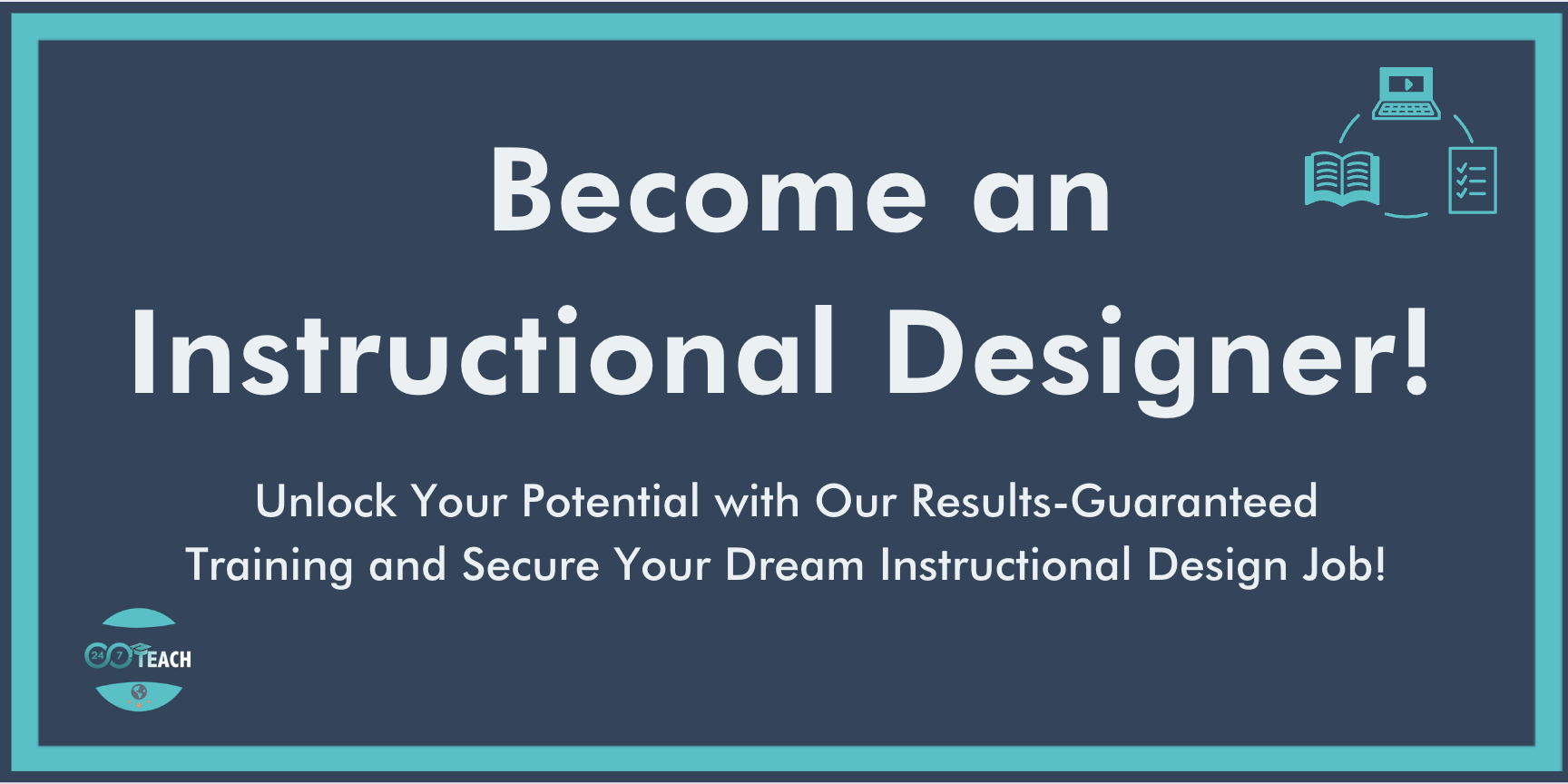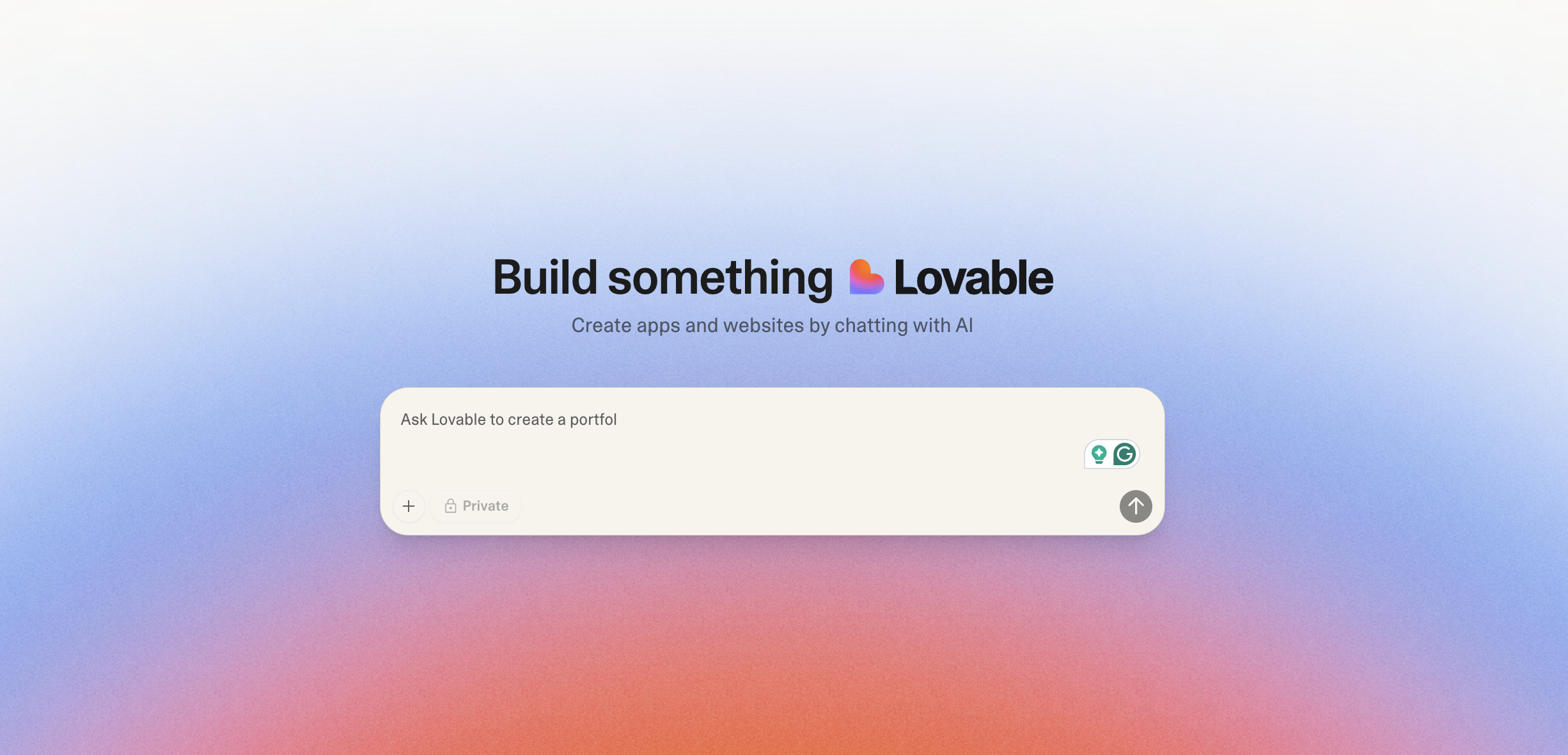Elevating eLearning Through Immersive Scenarios: A Comprehensive Guide
By Justice Jones
Lead Instructional Designer and CEO
Prefer to listen to this post? Click below.
Leveraging Scenarios in eLearning:
In the digital age, where information is readily accessible, eLearning has become essential in education and corporate training. As a seasoned instructional designer, I've observed that amidst the vast array of resources and methodologies available, immersive scenarios set apart an effective eLearning course from one that merely exists without impact. In this comprehensive guide, we will explore scenarios in eLearning, offering insights into when, how, and why to use them for maximum effectiveness.
The Power of Immersive Scenarios
Scenarios are not mere aesthetic enhancements or interactive gimmicks. They are fundamental training tools capable of transporting learners into realistic environments that mirror their work settings. This immersive approach enables learners to learn from experience, practice, and internalize knowledge, bridging the gap between theoretical learning and practical application, especially in corporate training.
Why Use Scenarios?
Realism: They create relatable, real-life-like situations for learners.
Interactivity: They involve active participation, making learning engaging.
Feedback Mechanism: Instant feedback helps learners understand the implications of their choices.
Safe Environment: They provide a risk-free space for learners to practice skills.
Engagement Boosters: Multimedia elements keep learners invested in the content.
Branching Paths: Different outcomes based on choices simulate real-life decision-making consequences.
Narrative-driven: Stories drive emotional engagement, making learning memorable.
Utilizing Immersive Scenarios Effectively:
To maximize the impact of eLearning scenarios, it's crucial to use them purposefully and contextually. Each type of scenario serves a specific purpose and is suitable for certain topics or audiences.
1) Simulation-Based Scenario
Definition: Simulation-based scenarios create virtual environments for decision-making and facing consequences in a safe setting.
Ideal Use:
When practice in a real environment is risky or costly.
To expose learners to rare or complex situations.
For developing decision-making skills.
Example:
In customer service training, learners can play the role of a representative handling customer complaints and practicing communication and problem-solving skills.
2) Story-Based Scenario
Definition: These scenarios weave instructional content into a narrative with characters and challenges related to the course topic.
Implementation:
Introduce relatable characters and realistic conflicts.
Create decision points that impact the storyline.
Provide feedback that reflects the consequences of choices.
Usage Guidelines:
Ideal for complex or abstract topics.
To foster empathy and emotional connection.
To enhance long-term retention of information.
3) Case Study Scenario
Definition: Case studies present detailed accounts of specific situations or challenges for critical analysis and learning.
Structure:
Introduction of the situation with context and data.
Presentation of a central problem or challenge.
Provision of evidence and data for analysis.
Decision points for learner interaction.
Conclusion with real-world outcomes or expert insights.
Usage:
To encourage analytical and decision-making skills.
For complex topics requiring deep reflection and discussion.
To provide practical context to theoretical knowledge.
4) Exploratory Scenario
Definition: Exploratory scenarios offer interactive environments where learners can engage with various elements to learn actively.
Key Features:
Interactive and immersive digital landscapes.
Freedom for learners to choose their learning path.
Embedded challenges and instant feedback.
Layered information for in-depth exploration.
Ideal Use:
For detailed or complex topics requiring hands-on practice.
To promote learner autonomy and engagement.
To cater to self-directed learning styles.
Designing Effective Scenarios:
Creating impactful scenarios in eLearning requires more than just technical skills; it demands creativity, a deep understanding of learner psychology, and an awareness of the educational objectives. Here are some steps to ensure your scenarios are effective:
Understand Your Audience: Tailor your scenarios to the specific needs, backgrounds, and experiences of your learners.
Align with Learning Objectives: Ensure that each scenario directly contributes to the overall learning goals.
Incorporate Realistic Elements: Use authentic situations and challenges to increase relatability and applicability.
Encourage Active Participation: Design scenarios that require learners to think, decide, and act, rather than just observe.
Facilitate Reflective Learning: Provide opportunities for learners to reflect on their decisions and learn from their experiences.
Five Steps to creating an effective Scenario:
1. Know Your Audience
The foundation of any successful instructional design lies in understanding your learners. Before diving into the course design, you must know who you are designing for. This is where empathy plays a crucial role. You need to understand your audience's level of expertise, their expectations from the learning experience, and their aspirations.
Why It Matters:
Determining Prior Knowledge: Understanding whether your learners are novices or experienced professionals helps tailor the complexity and depth of the scenarios.
Aligning with Learner Aspirations: People engage better when the learning aligns with their personal and professional goals. Knowing their aspirations helps in creating scenarios that resonate with them.
2. Identify the Learning Objectives
The next critical step is defining clear learning objectives. These objectives should reflect both the learners' needs and the organizational goals.
Focus Areas:
Bridging Learning Gaps: Identify the skills or knowledge gaps that the eLearning course aims to fill.
Business Alignment: Ensure that the learning objectives align with the broader organizational goals, making the training relevant and valuable.
3. Choose the Best-Suited Situation for a Scenario
With a comprehensive understanding of your audience and clear learning objectives, select real-life situations that effectively reflect the learning gaps. Prioritize scenarios based on their frequency and impact on the organization.
Selecting Scenarios:
Relevance: Choose situations that are most relevant and common in the learners' work environment.
Learning Potential: Assess the situations for their potential to create engaging, interactive, and conflict-rich scenarios conducive to learning.
4. Pick the Right Scenario Frame
Selecting the appropriate type of scenario is critical for the effectiveness of the training. Each scenario type is suited for teaching different skills:
Types of Scenarios:
Skill-Based: Ideal for demonstrating specific skills or knowledge, often following a theoretical session.
Problem-Based: Best for scenarios requiring decision-making and critical thinking.
Issue-Based: Focuses on broader issues, encouraging learners to understand complex, multifaceted situations.
Speculative: Asks learners to predict future outcomes based on current knowledge.
Gaming: Utilizes game elements to create an engaging learning environment.
5. Design the Scenario
The final step is the actual creation of the scenario. This involves crafting a narrative that is engaging and educationally effective.
Design Considerations:
Trigger Event: Design an event that realistically initiates the scenario, reflecting the learners' real-world experiences.
Relatable Protagonist: Create a protagonist that learners can identify with, ensuring that their actions and decisions resonate with the target audience.
Feedback as a Learning Tool: Integrate feedback within the scenario to guide learners, offering explanations for mistakes, and exploring the consequences of different decisions.
Tips for Effective Scenario Design:
Keep It Realistic: Ensure that the scenarios are authentic and mirror the challenges learners face in their jobs.
Make It Interactive: Incorporate decision points and branching narratives to foster active engagement.
Leverage Storytelling: Use compelling narratives to make the learning experience memorable.
Positive and Constructive Feedback: Feedback should be instructional yet encouraging, helping learners understand and learn from their choices.
Closing Thoughts
Creativity and analysis are at the heart of instructional design, especially when it comes to scenario-based learning. While it's essential to keep the design process structured and focused on the objectives, infusing creativity in your scenarios will make the learning experience captivating and impactful. By following these five steps, you ensure not just the relevance but also the effectiveness of your eLearning courses. Remember, the goal is to create scenarios that not only engage learners but also facilitate the practical application of skills in their day-to-day work. With thoughtful design and execution, scenario-based eLearning can become a powerful tool in your instructional design arsenal, bridging the gap between theory and practice, and transforming the eLearning experience."
Discussion Question:
Join the conversation and participate with the 24/7 Instructional Design community by answering the DQ in the comment section below:
How have you effectively integrated scenarios in your eLearning designs, and what specific impact have they had on learner engagement and knowledge retention? Share your experiences and insights on balancing creativity with instructional objectives in your scenario-based courses.
Need Guidance on Navigating the Shift to Instructional Design?
Before You Go...
Discover the Unmatched 24/7 Teach Experience:
Our Instructional Design bootcamps and career coaching services have a 100% success rate. We redefine learning by immersing you in practical, hands-on projects, ensuring you acquire vital professional expertise while making a meaningful difference in your community.
Unlock your true potential today with 24/7 Teach and invest in your future.











